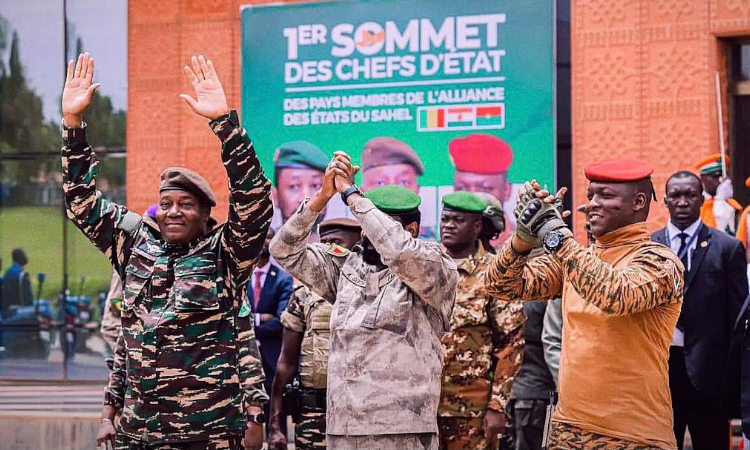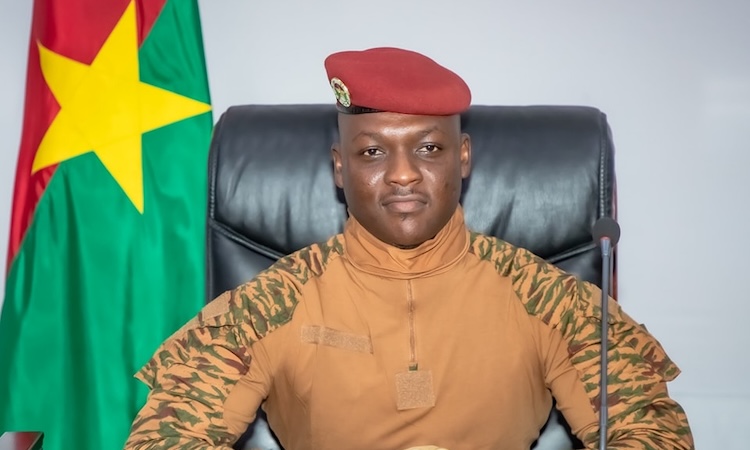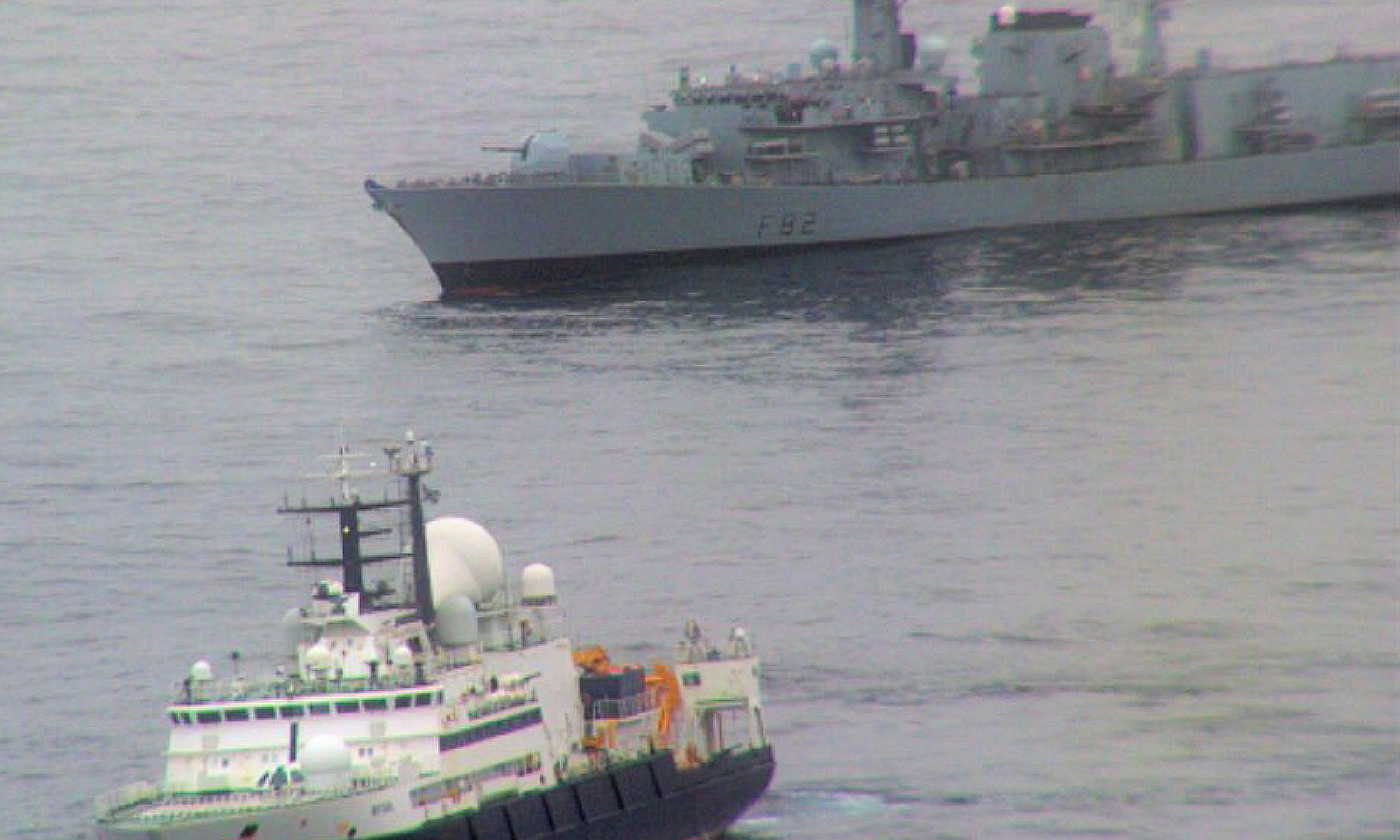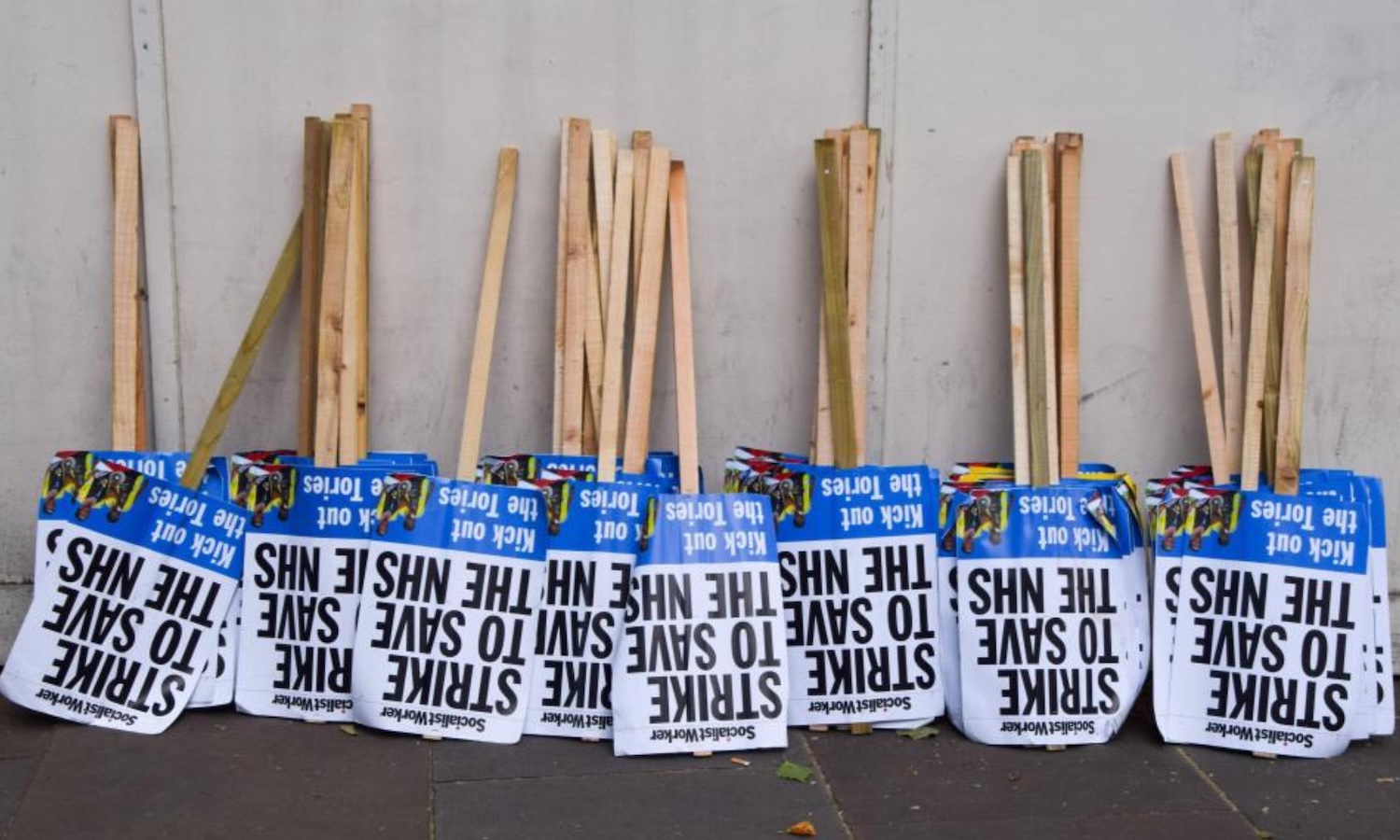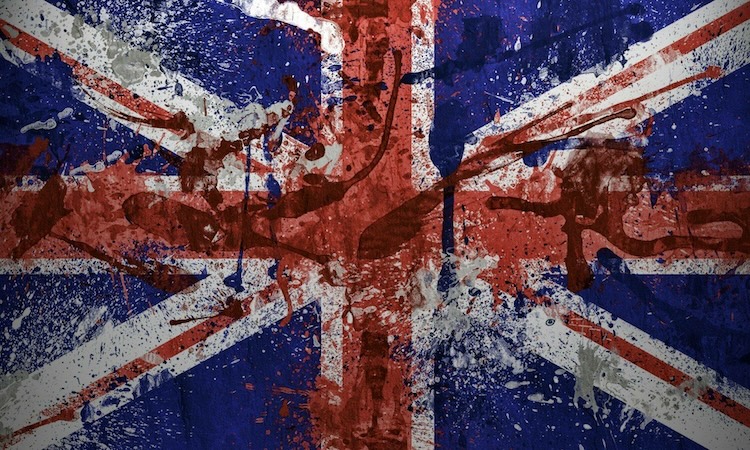‘La patrie ou la mort, nous vaincrons’ (‘Homeland or death, we will win’) – such was the writing underneath the Red Star, AK47, Mattock and Open Book of the 1984-97 coat of arms of the west African country of Burkina Faso. Its significance is crucial to any proper understanding of what is currently happening, and what needs to happen, in Burkina Faso today.
Formerly called the Republic Of Upper Volta, Burkina Faso was colonised by the French imperialists in the ‘scramble for Africa’, during which France conquered much of west and north Africa in contention with its fellow imperialists from Britain and Germany.
One French ‘statesman’ of the time eloquently expressed the struggle between the imperialist powers for colonies: “Gentlemen, in Europe such as it is today, in this competition of the many rivals, we see rising up around us, some by military or naval improvements … in a Europe, or rather in a universe thus constituted, a policy of withdrawal or abstention is simply the high road to decadence.” Jules Ferry, prime minister of France (1880-81; 1883-85)
Socialist development
In today’s oppressed world, where some countries – like Venezuela, Bolivia, Zimbabwe, China, the DPR Korea, until recently Libya, and so on – continue their journey forwards, others still remain enmeshed in the trap of neocolonialism.
During the four short years of 1983-87, Thomas Sankara’s Burkina Faso dumped colonial ideas of dependence and imperialist economic control firmly in the dustbin of history, as the country began to abolish its legacy of poverty, disease and feudal backwardness and took its first steps along the high road of socialist progress.
In the sphere of healthcare, for example, a programme to eradicate measles, polio and meningitis saw two million people vaccinated in just one week, earning the country congratulations from the UN’s World Health Organisation.
In urban areas, slums were replaced with public housing and collective communities, and medical dispensaries were built, along with over 350 schools. All regions of the country were connected via the Battle of the Rails building programme, during which workers laid railways to connect the capital Ouagadougou with mines 700km away with their bare hands, owing to lack of foreign aid.
In agriculture – after one of Africa’s deadliest ever droughts – the One Village, One Grove programme planted several million trees in Africa’s first campaign against desertification. Feudal landlords were stripped of their rights to tribute payments and forced labour, and land was distributed amongst the peasantry, which led to the doubling of the average yield of 1,700kg of wheat per hectare in 1982 to 3,800kg by 1986. As a result, in just four years, hunger was banished and Burkina Faso became completely self-sufficient.
There was no path Thomas Sankara could have led Burkina Faso on towards freedom, equality and independence other than that of collectivisation; than that of socialism. During those four years, Burkina Faso blazed trail after trail, inspiring people throughout Africa and beyond, by showing what true independence from colonialism and imperialism could achieve.
Learning from this history is essential if we want to understand what is happening now, and what needs to happen in future in Burkina Faso, as the ‘Land of upright men’ (to give the country’s name its English-language meaning) gets back on its feet once more. It was 27 years ago that those giant strides towards progress, dignity and freedom were reversed by a counter-revolutionary sell-out to imperialism.
Counter-revolution
On Sunday 29 October 2014, the centre of Ouagadougou became home to an uprising, which finally ended the 27-year-long puppet rule of Blaise Compaoré, (1987-2014), who came to power after he led a counter-revolutionary coup-d’état that murdered the great anti-imperialist revolutionary Thomas Sankara and reversed his socialist achievements, thereby plunging Burkina Faso’s people back into misery.
Blaise – ‘Uncle Tom’ – Compaoré has never climbed out of the bed he made with these vultures. The now neoliberal economy has allowed western companies to privatise vast mineral reserves, including gold, granite, marble, phosphate rock, cement, dolomite and pumice, whose production have all recently increased, but whose revenues are not used to benefit the people.
Take gold, for example. Burkina Faso is the fourth-largest gold producer in Africa and is ranked sixth in the world in terms of its potential. Orezone Gold Corporation, based in Ottawa, Canada, has been extracting gold from Burkina Faso since the late 1990s.
In 2011, the company published a report that stated: “Although we have discovered more than 10 million ounces of gold to date, and we expect to put new gold mines into production over the next few years, we believe we have barely scratched the surface in terms of its true potential.”
The report went on to state: “This survey demonstrates the ongoing commitment of Burkina Faso to creating a favourable investment climate for companies like Orezone Gold and we are delighted to work in this country.”
It’s the same story in agriculture as in primary industry. Vast landholdings that were previously state-owned are currently being exploited by private companies, which grow cash crops such as cotton, peanuts, sugar cane, soybeans, etc, for export to western countries.
A major cash crop in Burkina Faso today is cotton. Known as ‘white gold’, it accounts for 35 percent of the country’s GDP, dominating an agricultural industry that employs 80 percent of workers and is known as the backbone of the economy. In the second half of the 1990s, cotton production increased by 20 percent, owing to the need to generate foreign currency to pay off the state’s high IMF debts.
To achieve this rise in production, policies were implemented under the direction of the World Bank and IMF whereby land use was changed in favour of large-scale development for the benefit of multinational businesses, as well as the new rural bourgeoisie (ie, rich peasants with large fields, modern means of cultivation and livestock).
Misery of the people
According to the Organisation for Economic Cooperation and Development (OECD), Burkina Faso today is one of the world’s poorest countries. The statistics in comparison to the developed world are shocking:
- Burkina Faso has 15 million plus inhabitants with a life expectancy of just 52 years.
- Unemployment stands at over 85 percent, and child labour accounts for over 42 percent of the working population across both mining and agriculture.
- Forty-five percent of the population survive on less than US$1 a day.
- The illiteracy rate stands at 70 percent.
We could go on, but it’s safe to say that, since Blaise Compaoré’s death squad murdered Thomas Sankara in 1987, proclaimed Compaoré as leader and successfully rolled back the initial achievements of socialist construction to the dark ages, holding onto power through 27 years of fraudulent elections backed by every French government and in full cooperation with US military expansion in the region, Burkina Faso has become a country whose history and conditions cry out for national-democratic revolution and socialist development.
Upright once more
And so it began. On 29 October, the people gathered in the centre of Ouagadougou to protest an impending parliamentary vote set for the 30th, which would have changed Article 37 of the constitution so as to extend electoral limits by another three terms – that is, to extend yet again Compaoré’s dictatorship.
Sankara’s Place de la Revolution was soon filled with an estimated one million people. They held high pictures of Thomas Sankara, and chanted “Enough is enough”.
On the 30th, with the main opposition party, the Movement of People for Progress, reporting that over 100 people had been killed and 30 wounded by riot police bullets and tear gas, the heavily French and US-supported and funded Burkinabè military was sent brutally to crush the budding revolution.
This repression merely caused the uprising to step up a gear. Protestors took over the state television and broadcast headquarters and lit fires outside comprador politicians’ homes. However, the most significant step was the shutting down of the airport and the burning of the parliamentary building.
On the 31st, the masses achieved an important initial victory. As the signs above the crowd read, “Down with Blaise” and “Get out, Blaise”, the hated dictator finally took the hint. News eventually reached the demonstrators that he had resigned his post and fled the country to the Ivory Coast – where French imperialism recently installed another puppet regime after a brutal war.
His radio announcement stated: “I declare that I’m leaving power in order to have a free and transparent election in 90 days,” adding that: “For my part, I think I have fulfilled my duty.”
But the main reason why Compaoré ran was outlined clearly when he said that he left, “in light of the severely deteriorated sociopolitical situation and the threat of division in our national army and out of a desire to preserve the peace” – that is, because he realised that his 27-year reign of tyranny was finished.
There comes a time in every revolutionary process when, as the toiling masses shed their blood in the streets for freedom against the forces of reaction, disillusioned working-class individuals working for the forces of state repression start to doubt their actions, and this creates an opportunity to win them to the revolutionary side.
Where now?
As a result of this weak dictator losing power, the next step for Burkina Faso will be a transition to some form of popular rule. But, at present, the vacuum of power left by Compaoré has been filled by Lt Col Yocouba Isaac Zida, another tool of imperialism.
“In 2012, when he was a major, Zida attended a 12-day counterterrorism training course at MacDill Air Force Base in Florida that was sponsored by the defence department’s Joint Special Operations University, said army Lt Col Mark R Cheadle, a spokesman for the US Africa Command. That same year, Zida attended a five-day military intelligence course in Botswana that was financed by the US government.” (Washington Post, 3 November 2014)
That is why communists must lead the youth, the unemployed, the peasants, and the tiny but significant industrial proletariat in Burkina Faso to carry the revolution forward in stages, but through to the end.
The next stage is crucial for the liberation of the toiling masses, as was shown by the great Thomas Sankara. But, whatever challenges it presents, history has shown Burkina Faso two very clear outcomes. It is ‘Homeland or death’, and this time, ‘We must win’.

